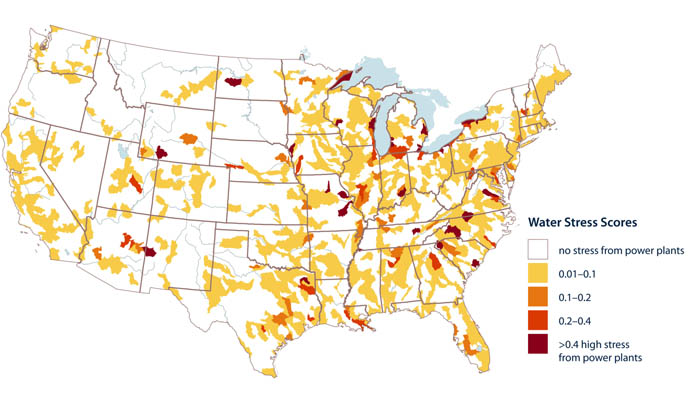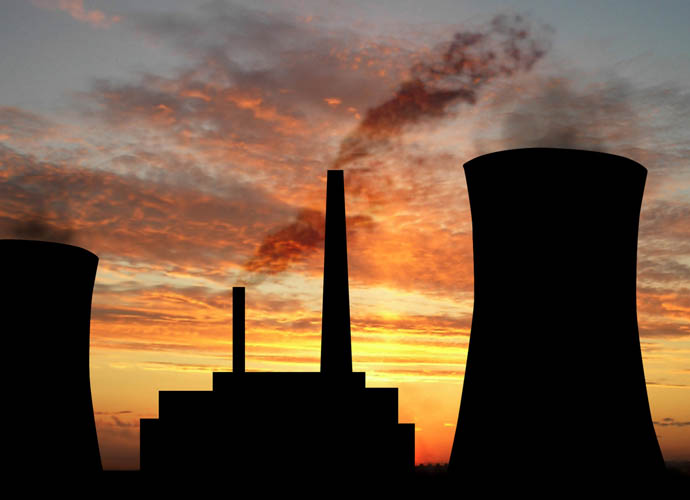Ogmius exchangeIntroduction
Kristen is the Deputy Director of the Western Water Assessment, one of the NOAA-sponsored Regional Integrated Sciences and Assessment (RISA) Programs located across the U.S. focusing on developing climate science relevant to decision makers throughout the Western U.S. Kristen’s current research portfolio encompasses a broad suite of climate issues relevant to decision making, including assessing the intersection of renewable energy technologies, water availability, and climate change in the West; evaluating decision-making in the context of climate adaptation; and defining processes for engaging users in the development of climate services. She is also still involved in paleoclimate research related to her dissertation work. Kristen has received several awards and honors, including a Fulbright Fellowship to New Zealand in 1998. After graduate school she was awarded a NOAA Knauss Congressional Fellowship (2005), during which she worked in the U.S. Senate. As the staff scientist for Working Group I of the IPCC, she was one of the many scientists who received the 2007 Nobel Peace Prize. Kristen received a Ph.D. in Geological & Environmental Sciences from Stanford University. Comments welcome! info@sciencepolicy.colorado.edu |
FRESHWATER USE BY U.S. POWER PLANTS:
|
Every minute, all the power plants in the United States take in about three times as much water as flows over Niagara Falls. The nation’s thermoelectric power plants—which boil water to create steam, which in turn drives turbines to produce electricity—withdraw as much water as farms, and more than four times as much as all U.S. residents. That means lighting rooms, powering computers and TVs, and running appliances requires more water, on average, than the total amount we use in our homes—washing dishes and clothes, showering, flushing toilets, and watering lawns and gardens. Simply, generating electricity requires a lot of water. The amount of water necessary depends on the type of power plant: a nuclear power plant uses 8 times as much water per kWh as a natural gas plant, and about 10% more than a coal-fired power plant. Some renewable technologies also require water. Thermal solar plants use as much water as a coal plant per kWh, but wind power uses little to no water. So choices about fuel type and cooling technology have implications for local and regional water sources, and low-carbon does not always mean low-water. In parts of the U.S., water demand from power plants is combining with pressure from growing populations and other needs and straining water resources—especially during droughts and heat waves. The current drought in Texas is creating tension among farmers, cities, and power plants across the state. At least one plant had to cut its output, and some plants had to pipe in water from new sources. The state power authority warned that several thousand MW of electrical capacity might go offline if the drought persists into spring of 2012. Proposed power plants have also taken hits over water needs. Local concerns about water use have scuttled planned facilities in Arizona, Idaho, Virginia, and elsewhere. Developers of proposed water-cooled concentrating solar plants in California and Nevada have run into opposition, driving them toward dry cooling instead. Unfortunately, identifying potential vulnerabilities associated with the nexus between water and energy resources has been problematic, as annual water use statistics reported by power plant operators to the U.S. Energy Information Administration (EIA) contain significant inconsistencies, errors, and gaps. Recognizing this problem, we profiled the water use characteristics of virtually every electricity generator in the U.S., and estimated water use (withdrawal and consumption) of those generators based on their reported annual generation in 2008. Our results show that power plants that did not report their water use to the EIA accounted for 28–30% of total freshwater withdrawals by the electricity sector, and at least 24–31% of freshwater consumption. Some regions of the country did better than others. State-wide reported freshwater use by power plants fell outside the bounds suggested by our analysis in 22 states for withdrawal, and 38 states for consumption. The discrepancies were especially large in the Lower Colorado River and Southeast-Gulf regions, where plant operators reported consumption five times greater—and withdrawals 30% less—than median water-use values would suggest. Such inconsistencies in data can significantly hinder efforts to assess risks to both electricity and water systems. |
 |
Fortunately, comparison of our analysis with the reported data allowed us to specify where the EIA can improve its water data intake process so that the information is more useful for planning in the energy and water sectors. Indeed, the EIA is addressing many of the issues outlined in our analysis in its 2010 dataset. Based on our analysis, every day in 2008, water-cooled thermoelectric power plants in the United States withdrew 60 billion to 170 billion gallons (180,000 to 530,000 acre-feet) of freshwater from rivers, lakes, streams, and aquifers, and consumed 2.8 billion to 5.9 billion gallons (8,600 to 18,100 acre-feet) of that water. Our nation’s large coal fleet alone was responsible for 67% of those withdrawals, and 65% of that consumption. Power plants withdrew 84% of their cooling water from rivers and lakes; the balance came mainly from the ocean. Plants in the East generally withdrew more freshwater per kWh than plants in the West: freshwater withdrawal intensity was 41 to 55 times greater in Virginia, North Carolina, Michigan, and Missouri than in Utah, Nevada, and California. The difference is caused by the relative lack of water efficient technologies in Eastern cooling systems, and the use of non-traditional water sources (e.g. wastewater) by some Western power plants. Using the results of our analysis, we assessed the stress that power plant water use placed on water systems across over 2,000 U.S. watersheds using the Water Supply and Stress Index (WaSSI). Based on our analysis, in 2008, 400 out of 2,106 watersheds across the country were experiencing water-supply stress. Power plants, by tapping these water resources for cooling purposes, appeared to contribute to water-supply stress in about 80 of these watersheds. These initial water stress results should serve as an indicator of places to dig deeper and really take a critical look at the nature of water supply and demand, and the role of electric power. For example, in the Southwest, freshwater withdrawals by power plants are relatively small (5%), and little water stress is indicated. But, conflicts over water involving the energy sector may become more problematic in the future. Water availability in the region is a zero-sum game: surface waters are generally considered to be over-allocated, and groundwater levels are consistently declining. This leaves little room to accommodate increasing demands for water resources that growing populations will bring, and the imminent deleterious impacts to water supplies driven by climate change. Kristen Averyt, Ph.D. |



 The following Exchange article by Kristen Averyt is extracted from the report “Freshwater Use by U.S. Power Plants: Electricity’s Thirst for a Precious Resource” (Averyt et al. 2011). The report—the first on power plant water use and related water stress from the Energy and Water in a Warming World initiative at the Union of Concerned Scientists—is the first systematic assessment of both the effects of power plant cooling on water resources across the United States and the quality of information available to help public- and private-sector decision makers make water-smart energy choices. (
The following Exchange article by Kristen Averyt is extracted from the report “Freshwater Use by U.S. Power Plants: Electricity’s Thirst for a Precious Resource” (Averyt et al. 2011). The report—the first on power plant water use and related water stress from the Energy and Water in a Warming World initiative at the Union of Concerned Scientists—is the first systematic assessment of both the effects of power plant cooling on water resources across the United States and the quality of information available to help public- and private-sector decision makers make water-smart energy choices. (